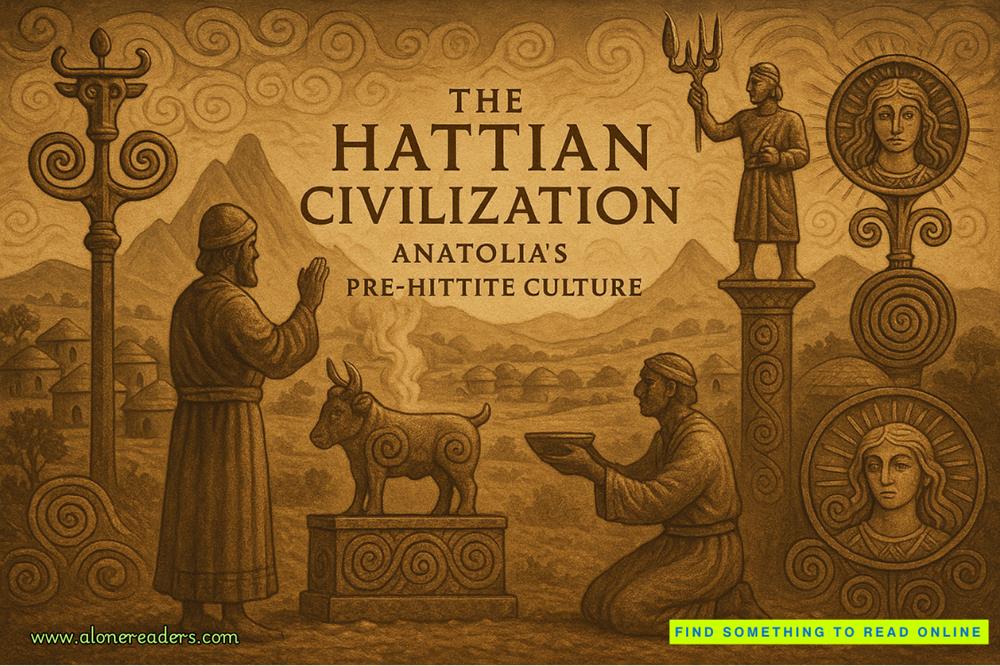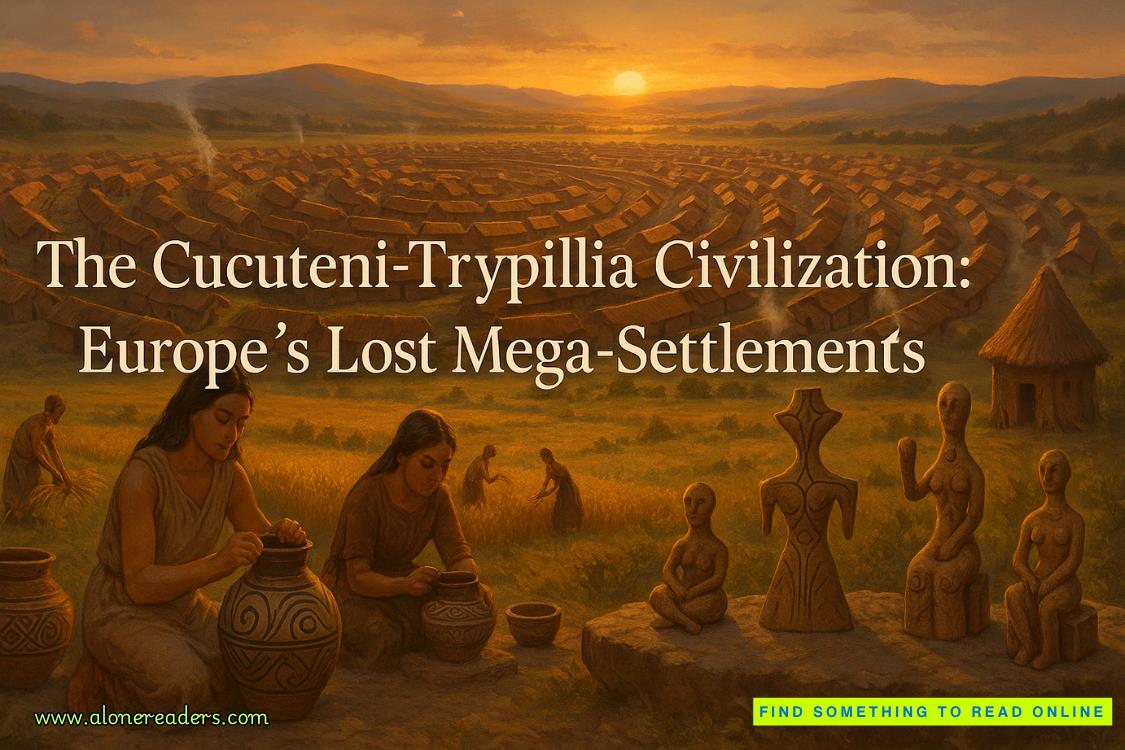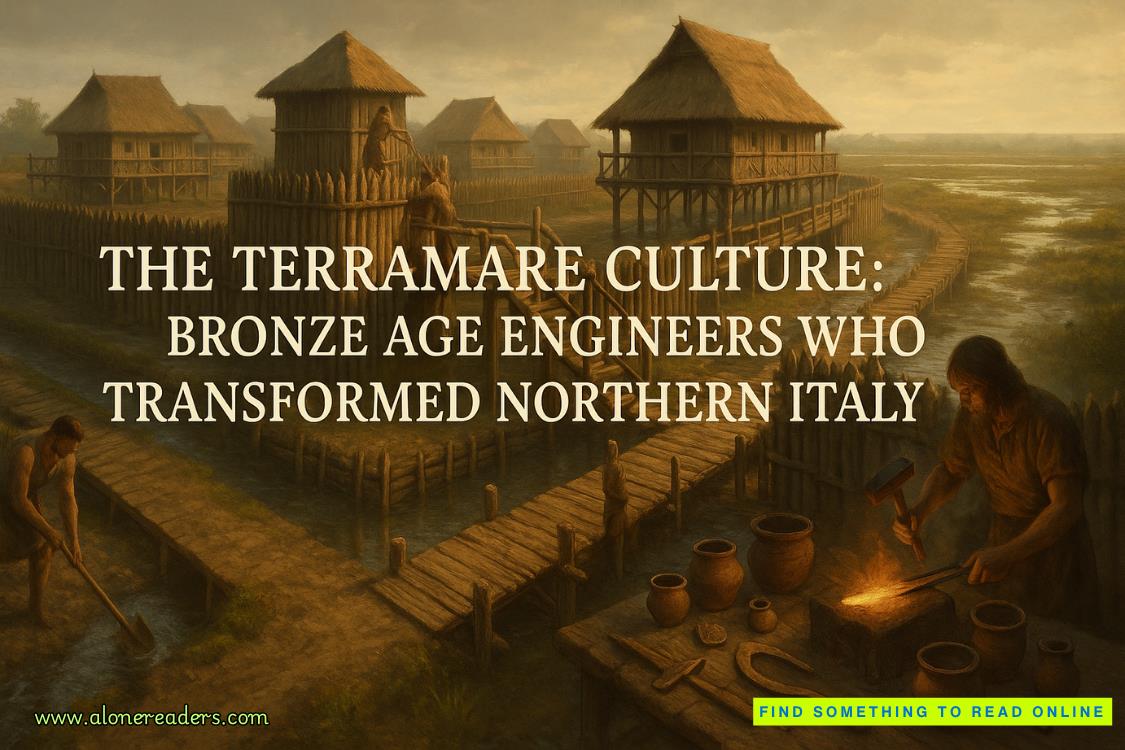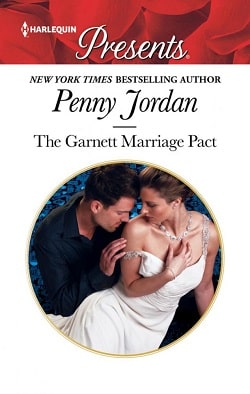I scowled. “This isn’t some cheesy movie, Stratt. Pathogens evolve slowly over time to attack specific hosts. Astrophage has never even been on Earth before. There’s just no way it can ‘infect’ humans. Besides, it’s been a couple of days and I’m not dead. So send it out to the real scientists.”
“Youarea real scientist. And you’re making progress as fast as anyone else would. There’s no point in me risking other lives while you’re getting it done on your own.”
“Are you kidding?” I said. “With a couple hundred minds working on this, we’d make a lot more progress on—”
“Also, most deadly diseases have a minimum of least three days of incubation time.”
“Ah, there it is.”
She walked back to her table and picked up her tablet. “The rest of the world will have their turn in time. But for now it’s just you. At least tell me what the hell those things are made of. Then we can talk about giving it to other scientists.”
She resumed reading her tablet. The conversation was over. And she’d ended it by laying down what my students would call a “sick burn.” Despite my best efforts, I still had no idea what the heck Astrophage was made of.
They were opaque to every wavelength of light I threw at them. Visible, infrared, ultraviolet, x-ray, microwaves…I even put a few Astrophage in a radiation-containment vessel and exposed it to the gamma rays emitted by Cesium-137 (this lab haseverything). I called it the “Bruce Banner Test.” Felt good about that name. Anyway, even gamma couldn’t penetrate the little bastards. Which is like shooting a .50-caliber round at a sheet of paper and having it bounce off. It just doesn’t make any sense.
I sulked back to the microscope. The little dots hung out on the slide where they’d been for hours. This was my control set. The ones I hadn’t battered with various light sources. “Maybe I’m overthinking this…” I muttered.
I poked around the lab supplies until I found what I needed: nanosyringes. They were rare and expensive, but the lab had them. Basically, they were teeny, tiny needles. Small enough and sharp enough to be used for poking microorganisms. You could pull mitochondria out of a living cell with one of those babies.
Back to the microscope. “Okay, you little reprobates. You’re radiation-proof, I’ll grant you that. But how about I stab you in the face?”
Normally a nanosyringe would be controlled by finely tuned equipment. But I just wanted some stabby time and didn’t care about the tool’s integrity. I grabbed the collet (where it would normally mount to the control machinery) and brought the needle into view in the microscope. They’re called nanosyringes, but they’re actually about 50 nanometers wide. Still, the needle was tiny compared to the hulking 10-micron Astrophage—only about one two-thousandth the width.
I poked an Astrophage with the needle and what happened next was nothing I could have expected.
First off, the needle penetrated. No doubt on that front. For all its resistance to light and heat, apparently, Astrophage was no better at dealing with sharp things than any other cell.
The instant I poked a hole in it, the whole cell became translucent. No longer a featureless black dot, but a cell with organelles and everything else a microbiologist like me wants to see. Just like that. It was like flicking a switch.
And then it died. The ruptured cell wall simply gave up the ghost and completely unraveled. The Astrophage went from being a cohesive roundish object to a slowly widening puddle with no outer boundary. I grabbed a normal needle from a nearby shelf and sucked up the goop.
“Yes!” I said. “I killed one!”
“Good for you,” Stratt said without looking up from her tablet. “First human to kill an alien. Just like Arnold Schwarzenegger inPredator.”
“Okay, I know you’re trying to be funny, but that Predator died by deliberately setting off a bomb. The first human to actually kill a Predator was Michael Harrigan—played by Danny Glover—inPredator 2.”
She stared at me through the window for a moment, then shook her head and rolled her eyes.
“Point is, I can finally find out what Astrophage is made of!”
“Really?” She set the tablet down. “Killing it did the trick?”
“I think so. It’s not black anymore. Light is getting through. Whatever weird effect was blocking it isn’t anymore.”
“How did you do it? What killed it?”
“I penetrated the outer cell membrane with a nanosyringe.”
“You poked it with a stick?”
“No!” I said. “Well. Yes. But it was a scientific poke with a very scientific stick.”
“It took you two days to think of poking it with a stick.”
“You…be quiet.”
I took the needle to the spectroscope and ejected the Astrophage goop onto the platform. Then I sealed the chamber and fired up the analysis. I bounced from one foot to the other like a little kid while I waited for the results.















